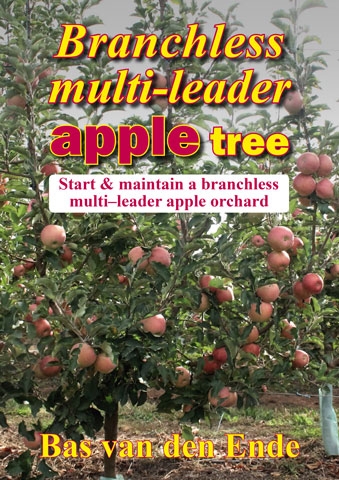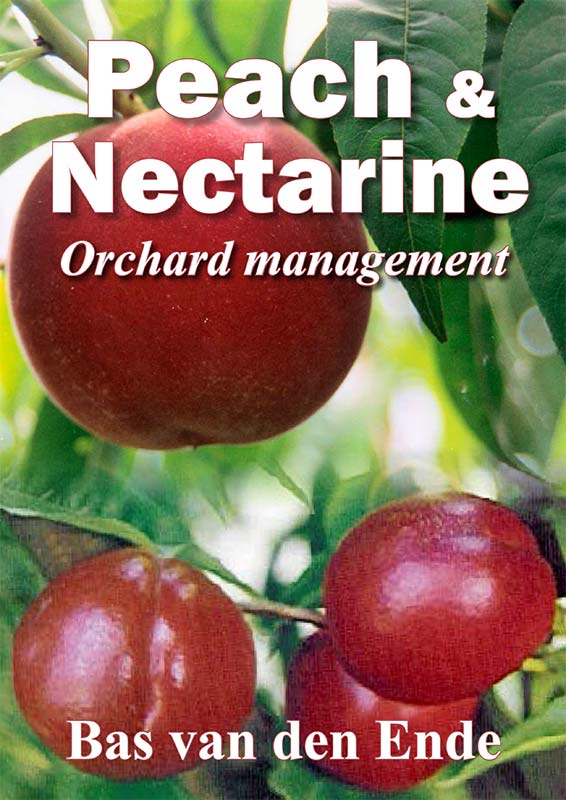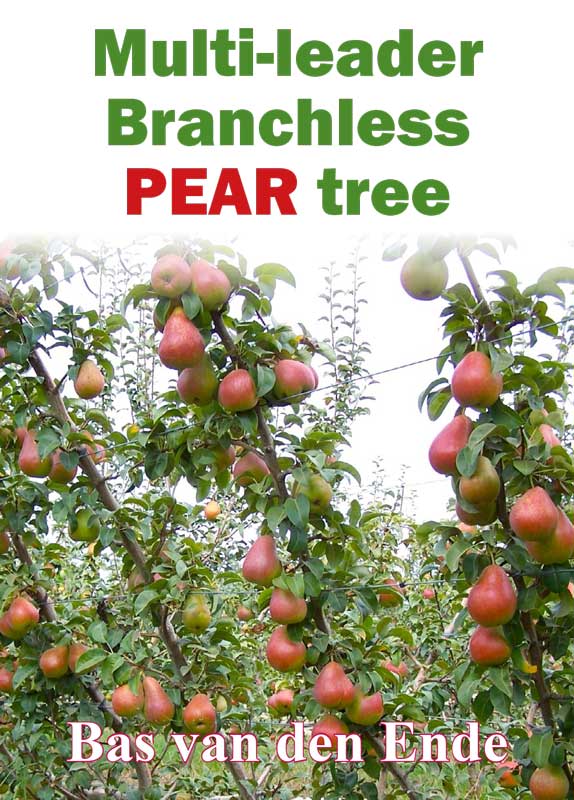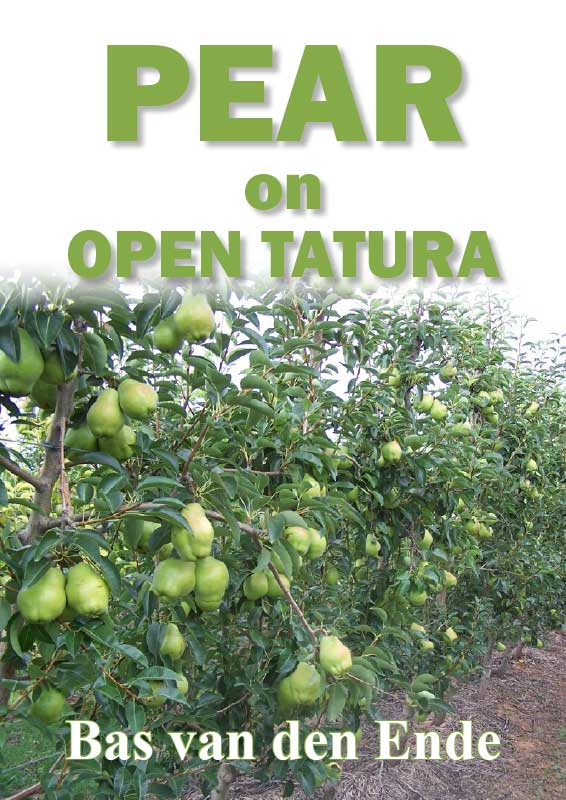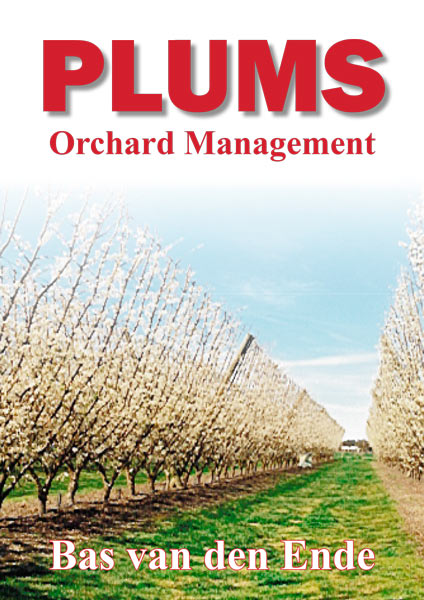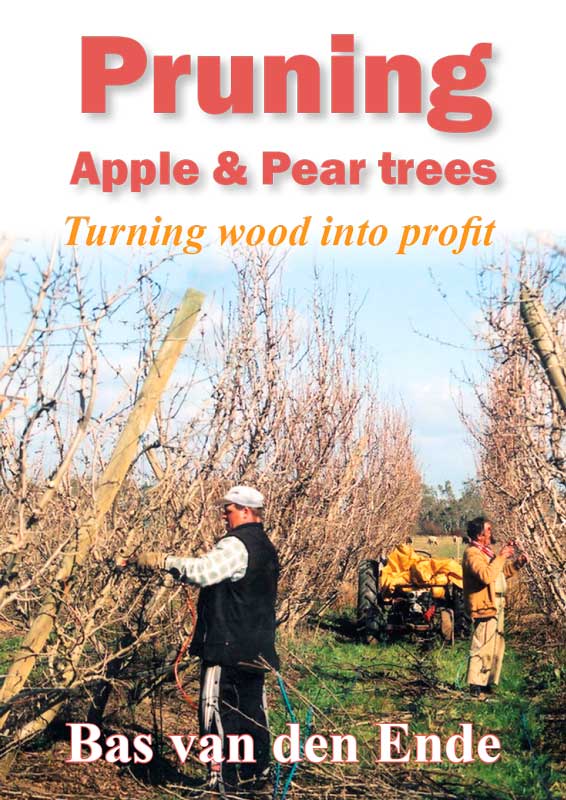Specifications of orchard systems to meet the needs of the stone fruit industry will continue to be influenced by a combination of cultural, economic and marketing conditions.
Multi-leader, two-dimensional (2D) fruiting walls are becoming popular with growers as an intensive production system.
This is especially true when a vigorous rootstock can be used at a moderate tree density, and where trees have a simple structure that is efficient and labour friendly.
Intensive apricot production has lagged behind that of apple, presumably because apricot trees are grown on vigorous plum rootstock. However, training apricot trees with multiple leaders—which have no branches, only fruiting units—may offer orchardists quicker returns on investment through earlier bearing and more efficient labour use.
This in turn enables growers to move quickly into production with new varieties, and improves competitiveness.
The advantage of using a vigorous rootstock is that the trees have the strength to fill their allotted spaces quickly with the support of an upright trellis.
This article deals with the development of the tree’s structure, and setting it up for a long productive life.
2D trees are easy to pick, prune, thin, spray and mechanise. Mechanical-assist technology can improve labour efficiency by about 25%. However, it does not fit every situation. Orchardists making it work usually have many hectares of 2D trees that have thin consistent canopies.
Design of the production system
Rows are 4m wide and trees are planted 2m apart, giving a moderate density of 1250 trees per hectare. The rootstock is Myrobolan.
The multi-leader 2D design follows a simple hierarchic growth pattern.
Each tree has four leaders spaced 0.50m apart. The leaders, together with the short trunk, form the permanent structure of the tree.
Leaders are dressed with fruiting units only. Branches are not allowed to develop.
Fruiting units are short (100–300 mm) pieces of 1, 2 and 3-year old wood with leaves, floral and vegetative buds. They can be shortened and renewed in autumn to ensure they remain strong and productive.
The fruiting units form the bearing wood of the leaders.
The thin (400 mm) upright wall allows all the producing parts to have good access to sunlight. The spread of the trees is provided by the fruiting units arranged two-dimensionally.
Benefits of a strong rootstock
The vigour of the Myrobolan rootstock ensures quick development of the tree’s permanent structure. Vigour is divided equally over the four leaders.
With 5000 leaders per hectare and a simple tree structure, it is easy to set the leaders up for target yields with the right fruit numbers.
Canopy building
Specific early tree training is critical to get a well-balanced fruiting canopy established quickly.
(cont next issue)
See this article in Tree Fruit July 2020
You may also be interested in an orchard manual by Bas van den Ende: Apricot on Open Tatura



